A wall-mounted bracket is a device designed to affix a flat panel display securely. Its major purpose is to enable users to position the display for optimal viewing comfort. Typically, this bracket consists of two flat pieces of high-grade thin steel sheet with a pattern of holes and cuts, along with a connecting structure that links the display to the wall.
Types of wall-mounted brackets
Various types of wall-mounted brackets are available, each serving distinct purposes. The fixed brackets, often referred to as the low-profile or flat type, can't tilt or swivel. It's an excellent choice when users predominantly view the display head-on and have ample space to maintain the display at an ideal position, angle, and height. However, this type usually minimizes the space between the display and the wall. The TV wall bracket is suitable for fixing on the wall.
The tilting brackets are preferable when users anticipate viewing the display from different angles. This bracket enables users to tilt the display downward, which is useful when mounting the set high on the wall. This adjustment helps maintain an optimal viewing angle when seated and can also mitigate glare by altering the screen angle.
The full-motion brackets, also known as the fully articulated type, provide the most flexibility as they can move in any direction, including forward towards the viewer. This bracket extends the furthest from the wall when pulled out, offering a broad range of viewing angles. Due to its ability to swivel and tilt, it's a suitable choice for mounting a TV high in a corner of a room. For larger, heavier TVs, a full-motion mount with two arms might be necessary. While these brackets require more space when fully extended, many can be retracted closer to the wall when not in use.
How to install a wall mount bracket?
Begin by selecting a specific type of wall bracket. Next, identify the wall studs, a task easily accomplished with the assistance of a stud finder. Once the studs are located, proceed to mark the precise locations where small pilot holes will be drilled for the mounting screws or lag bolts. These pilot holes serve the purpose of facilitating the smooth insertion of bolts into the studs, preventing any wood splintering. With the wall mount held against the wall, align it accurately with the marked pilot holes. Utilize a ratcheting socket wrench to drive the lag bolts securely into the studs. Following this, users can proceed to affix the device to the mount bracket.


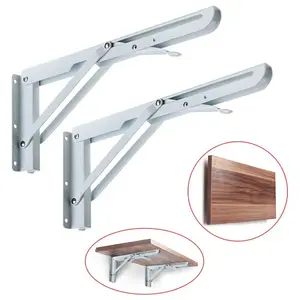


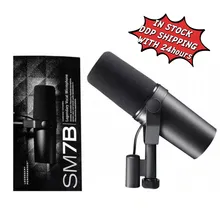





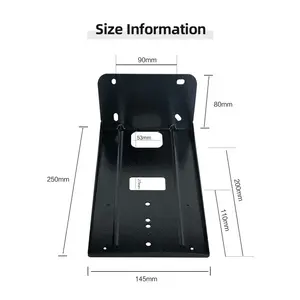

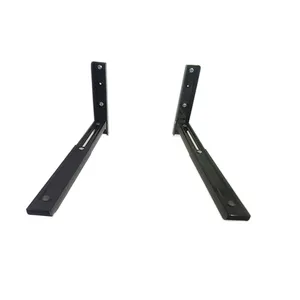
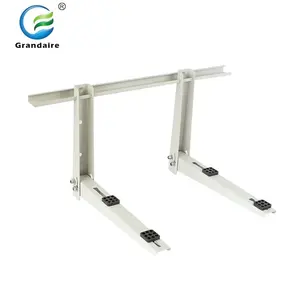
























 浙公网安备 33010002000092号
浙公网安备 33010002000092号 浙B2-20120091-4
浙B2-20120091-4